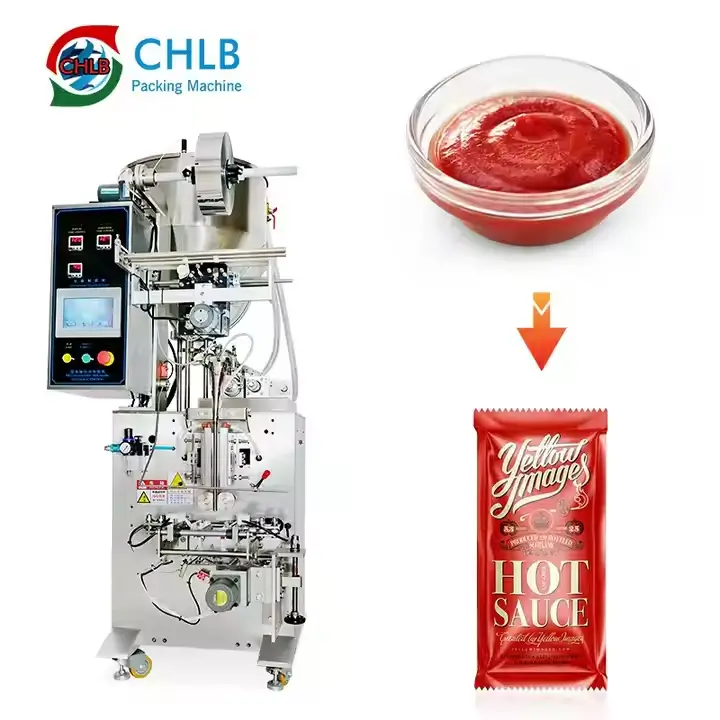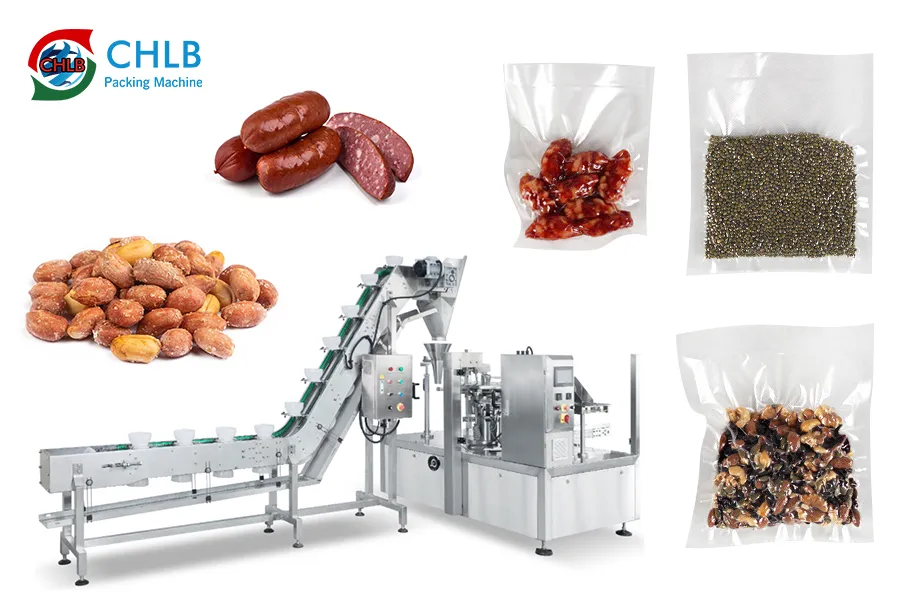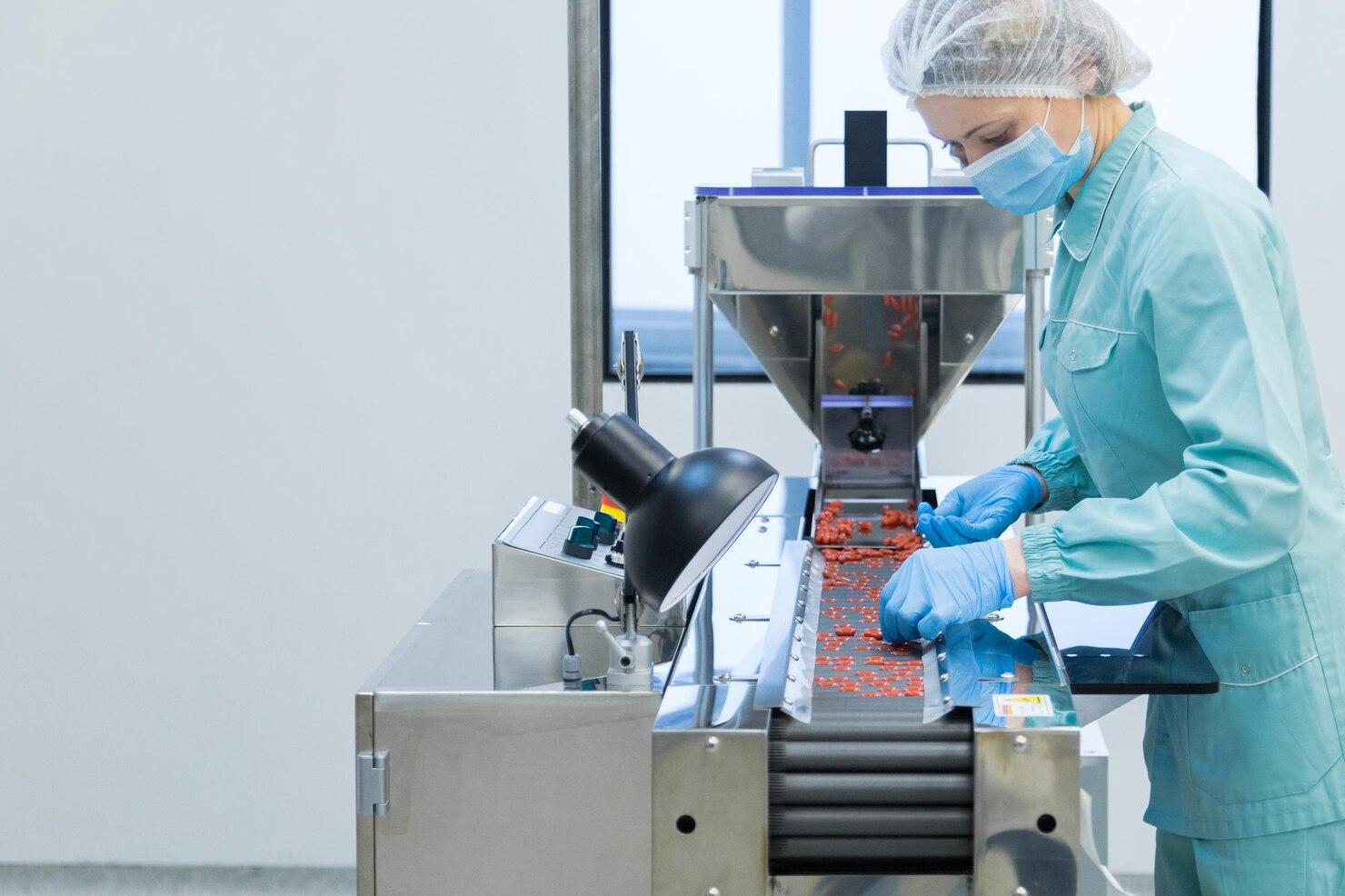When you stroll through the aisles of a grocery store, have you ever paused to consider the diverse types of packaging that surround you? Food packaging plays a crucial role beyond just containment—it preserves freshness, protects from contamination, and communicates brand identity. Let’s explore 5 types of food packaging, each with its unique characteristics, vantaggi, and applications in the food industry.
Type 1: Plastic Packaging
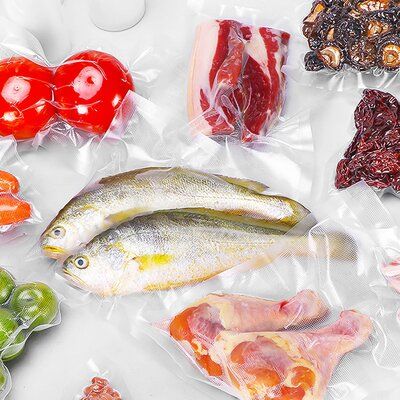
What is Plastic Packaging?
Plastic packaging is one of common types of food packaging that encompasses a wide range of materials such as PET, HDPE, and PVC, known for their versatility and durability in packaging food products. Plastic is ubiquitous in food packaging, used for bottling beverages, storing dairy products, E packaging snacks due to its convenience and versatility.
Advantages of Plastic Packaging
- Durability: Plastic packaging offers excellent durability, protecting food products from physical damage during handling and transportation.
- Flexibility: It comes in various forms like bottles, containers, sacchi, e buste, catering to different packaging needs and product types.
- Efficacia in termini di costi: Plastic is cost-effective to manufacture and lightweight, reducing transportation costs and environmental impact.
Disadvantages of Plastic Packaging
- Environmental Impact: The widespread use of plastic contributes to environmental pollution, particularly marine plastic debris.
- Chemical Concerns: Certain plastics may leach harmful chemicals into food, raising health concerns over prolonged exposure.
Type 2: Glass Packaging
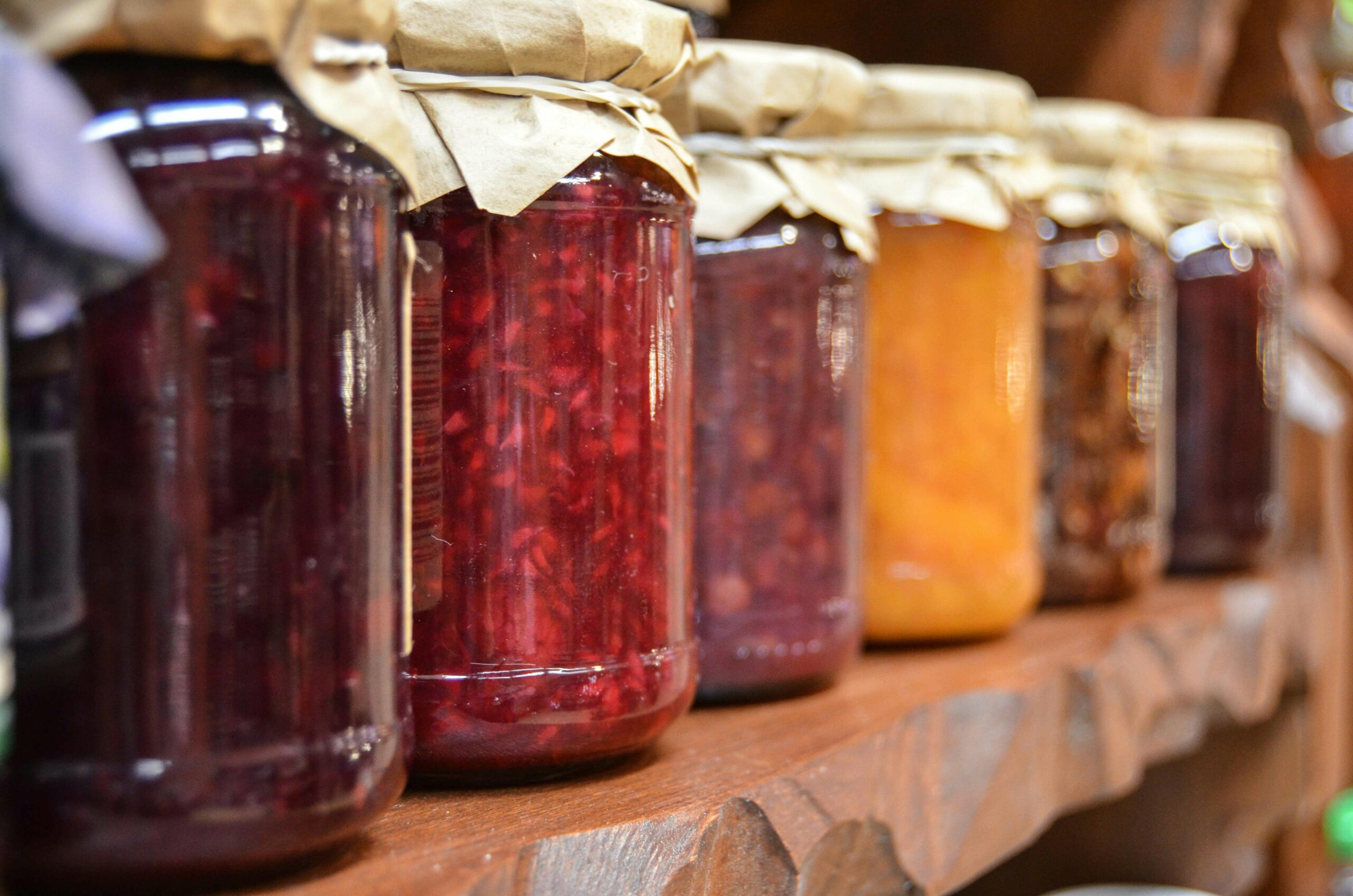
What is Glass Packaging?
Glass packaging involves containers made from silica-based materials that are inert and non-toxic. Glass jars and bottles are favored for premium products like jams, pickles, e salse, emphasizing quality and product presentation.
Advantages of Glass Packaging
- Non-Toxic and Recyclable: Glass is non-permeable, ensuring products retain their flavor and freshness without leaching harmful substances. It’s also infinitely recyclable.
- Preserves Flavor and Freshness: It preserves the taste and aroma of food products, making it ideal for beverages, salse, and gourmet items.
Disadvantages of Glass Packaging
- Fragility: Glass containers are prone to breakage during handling and transportation, increasing packaging costs and risks.
- Higher Cost: Manufacturing and shipping glass packaging can be more expensive compared to other materials, impacting overall product costs.
Type 3: Metal Packaging
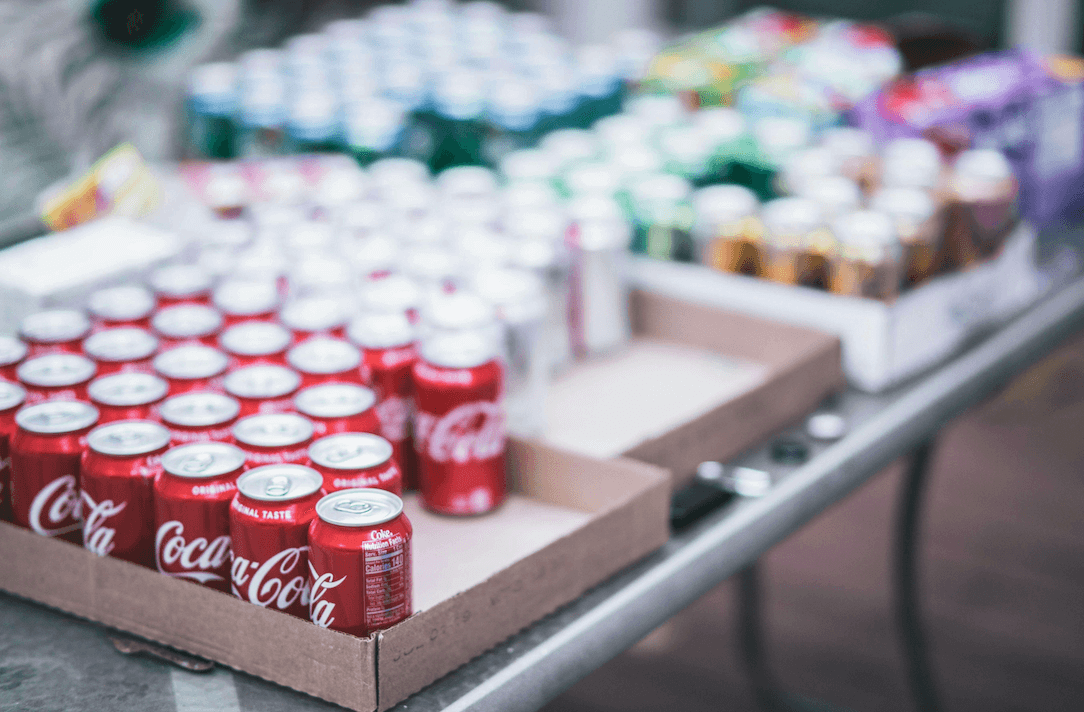
What is Metal Packaging?
Metal packaging includes cans, tins, and foils made from aluminum or steel, prized for their strength and barrier properties. Canned goods and foil packaging are staples in the food industry, used for preserving fruits, verdure, and ready-to-eat meals due to their durability and shelf stability.
Advantages of Metal Packaging
Strength and Durability: Metal containers provide robust protection against physical damage and external contaminants, ensuring product integrity.
Excellent Barrier Properties: They offer superior resistance to light, ossigeno, e umidità, extending shelf life and maintaining product freshness.
Disadvantages of Metal Packaging
Cost and Weight: Metal packaging can be costlier to produce and transport due to its weight, impacting logistics and environmental footprint.
Potential for Corrosion: Certain metals are susceptible to corrosion, necessitating protective coatings or liners to prevent contamination.
Type 4: Paper and Cardboard Packaging
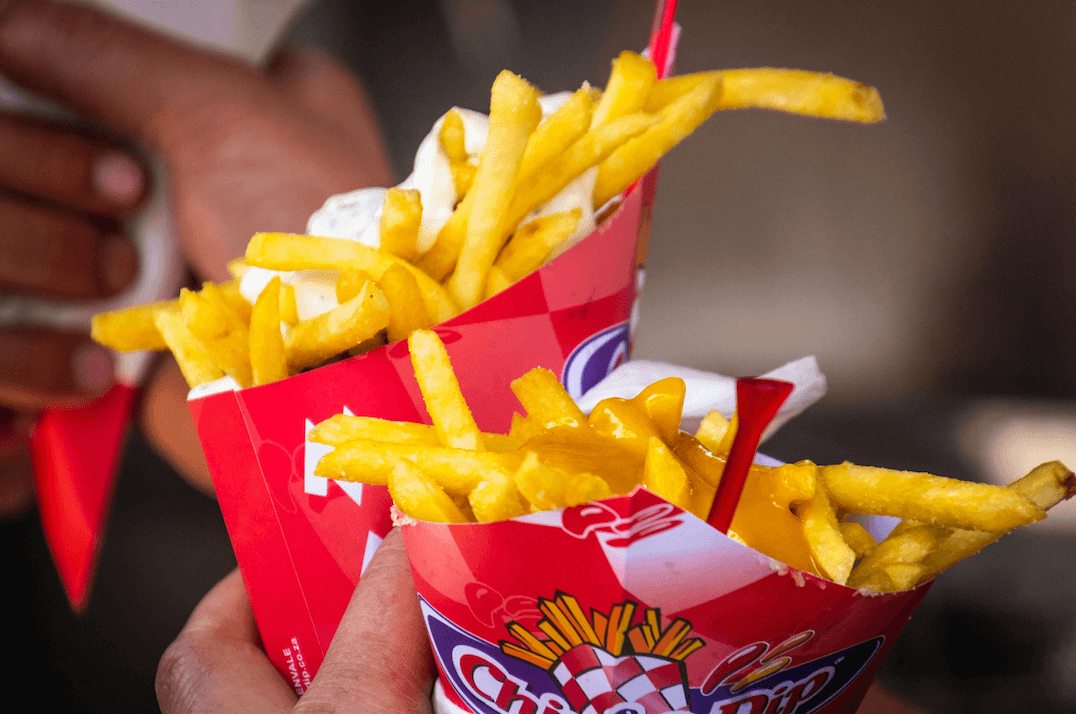
What is Paper and Cardboard Packaging?
Paper and cardboard packaging are derived from natural fibers, offering biodegradability and printability advantages. Boxes, cartons, and wrappers made from paper and cardboard are ideal for dry goods, cereals, e articoli da forno, promoting eco-conscious packaging practices.
Advantages of Paper and Cardboard Packaging
- Biodegradability: They are eco-friendly options that decompose naturally, reducing environmental impact compared to plastic and metal.
- Versatility and Printability: Paper and cardboard can be easily customized with branding, informazioni nutrizionali, and attractive designs, enhancing product visibility.
Disadvantages of Paper and Cardboard Packaging
- Less Durability: They are susceptible to tearing and moisture damage, limiting their use for moisture-sensitive or heavy-duty applications.
- Susceptibility to Moisture: Paper and cardboard can absorb moisture, compromising product quality and shelf life if not properly sealed.
Type 5: Imballaggio biodegradabile
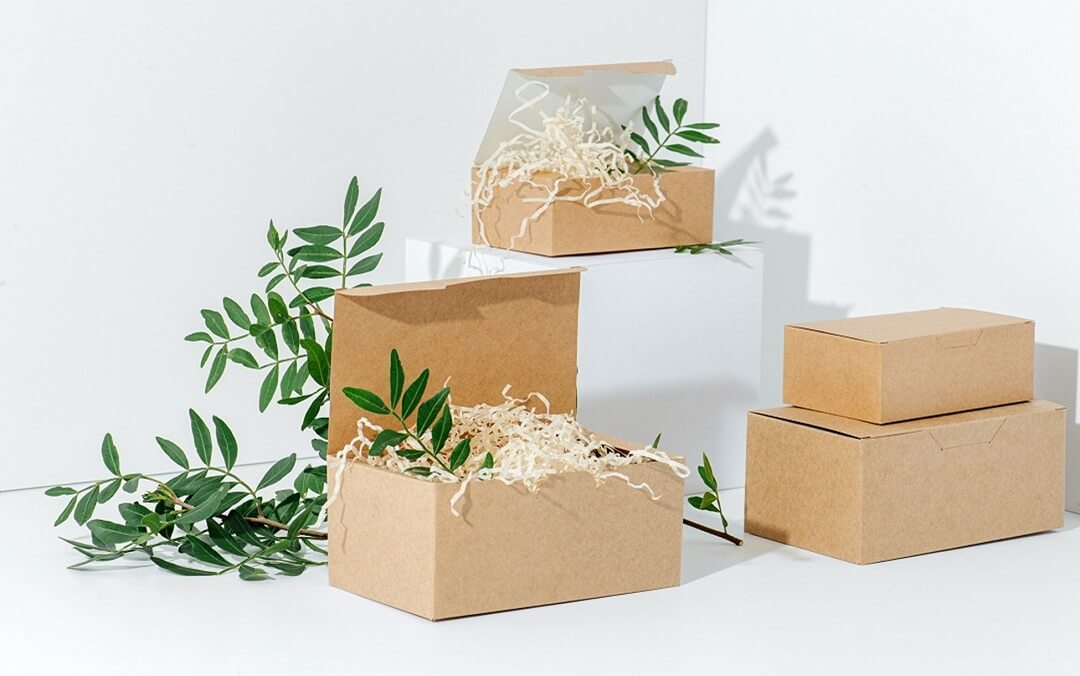
What is Biodegradable Packaging?
Biodegradable packaging materials break down naturally through biological processes, offering a sustainable alternative to traditional plastics. Compostable bags and containers, as well as innovative edible packaging solutions, are gaining popularity for fresh produce, spuntini, and organic foods, aligning with growing consumer demand for sustainable packaging choices.
Advantages of Biodegradable Packaging
- Environmental Benefits: They reduce landfill waste and marine pollution, supporting eco-friendly initiatives and corporate sustainability goals.
- Consumer Appeal: Biodegradable packaging resonates with environmentally conscious consumers, enhancing brand reputation and customer loyalty.
Disadvantages of Biodegradable Packaging
- Higher Cost: The production of biodegradable materials can be more expensive than conventional plastics, impacting overall packaging costs.
- Limited Availability: Availability and variety of biodegradable materials may be limited compared to traditional packaging options, affecting sourcing and supply chain logistics.
Key Factors in Choosing Food Packaging
When evaluating different types of food packaging for your business, it’s essential to consider several critical factors that can significantly impact your product’s success.
Product Protection
One of the primary purposes of food packaging is to ensure the safety and integrity of the products it contains. Packaging must effectively shield items from physical, chimico, and biological hazards throughout storage, transportation, and consumption.
Shelf Life Extension
Effective packaging extends the shelf life of food products by minimizing exposure to oxygen, leggero, umidità, and temperature fluctuations. This preservation helps maintain product freshness and quality, crucial for meeting consumer expectations.
Cost Efficiency
Balancing packaging costs against product value and market competitiveness is vital for optimizing operational expenses and ensuring profitability. Choosing cost-effective materials and packaging solutions without compromising product protection is key.
Considerazioni sulla sostenibilità
In today’s environmentally conscious market, selecting sustainable packaging materials and practices is increasingly important. Opting for eco-friendly options that minimize environmental impact, support recycling initiatives, and align with corporate sustainability goals can enhance brand reputation and consumer loyalty.
Branding and Marketing Impact
Packaging design, etichettatura, and materials are integral to brand identity and marketing strategy. A well-designed package not only protects and preserves the product but also enhances shelf appeal, attracts consumer attention, and communicates brand values effectively.
Domande frequenti
1. What are the primary considerations when selecting different imballaggio alimentare?
Choosing types of food packaging involve evaluating factors such as product protection, shelf life extension, cost efficiency, sustainability impact, and branding strategies to meet market demands effectively.
2. How does packaging material affect product freshness and shelf life?
Packaging materials like glass and metal offer superior barrier properties against light, ossigeno, e umidità, preserving product quality and extending shelf life compared to less protective materials.
3. Why is biodegradable packaging gaining popularity in the food industry?
Biodegradable packaging aligns with consumer preferences for eco-friendly products, reduces environmental impact, and enhances brand reputation for corporate sustainability efforts.
4. What role does packaging design play in consumer purchasing decisions?
Eye-catching packaging design, informative labeling, and sustainable materials influence consumer perception, brand loyalty, and product differentiation on store shelves.
5. How can businesses balance packaging costs with sustainability goals?
Businesses can optimize packaging costs by choosing materials that offer durability, recyclability, and biodegradability while supporting sustainable sourcing and manufacturing practices.

